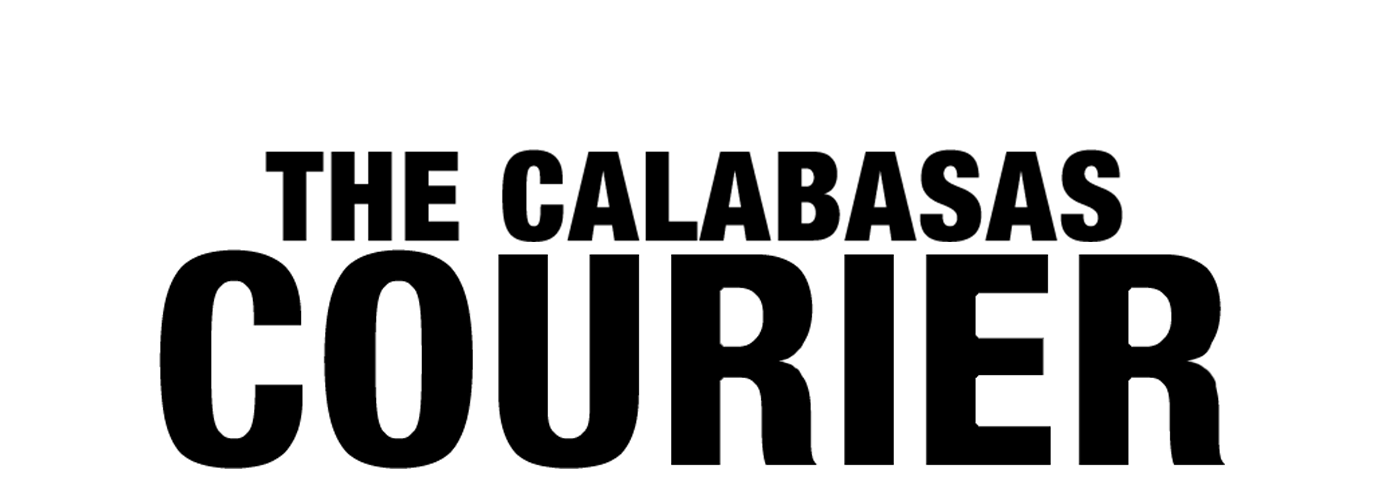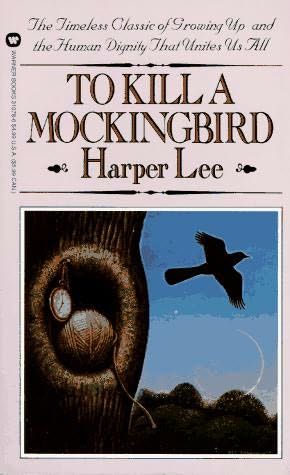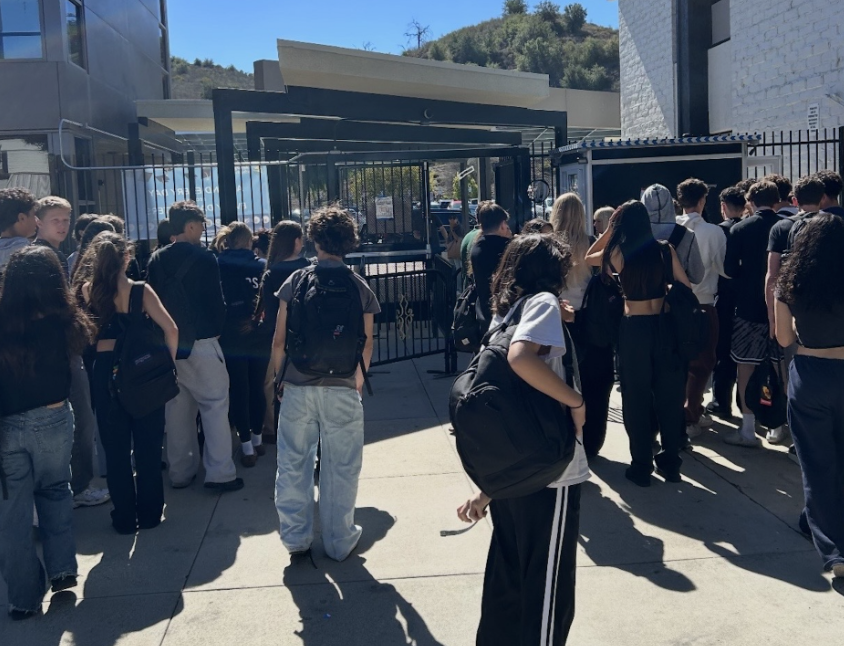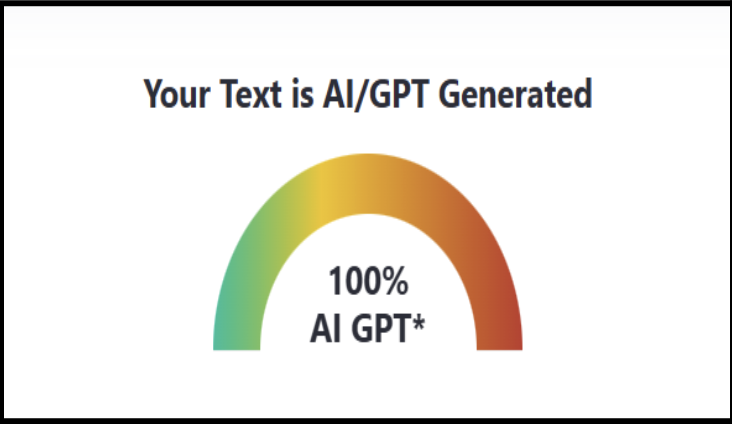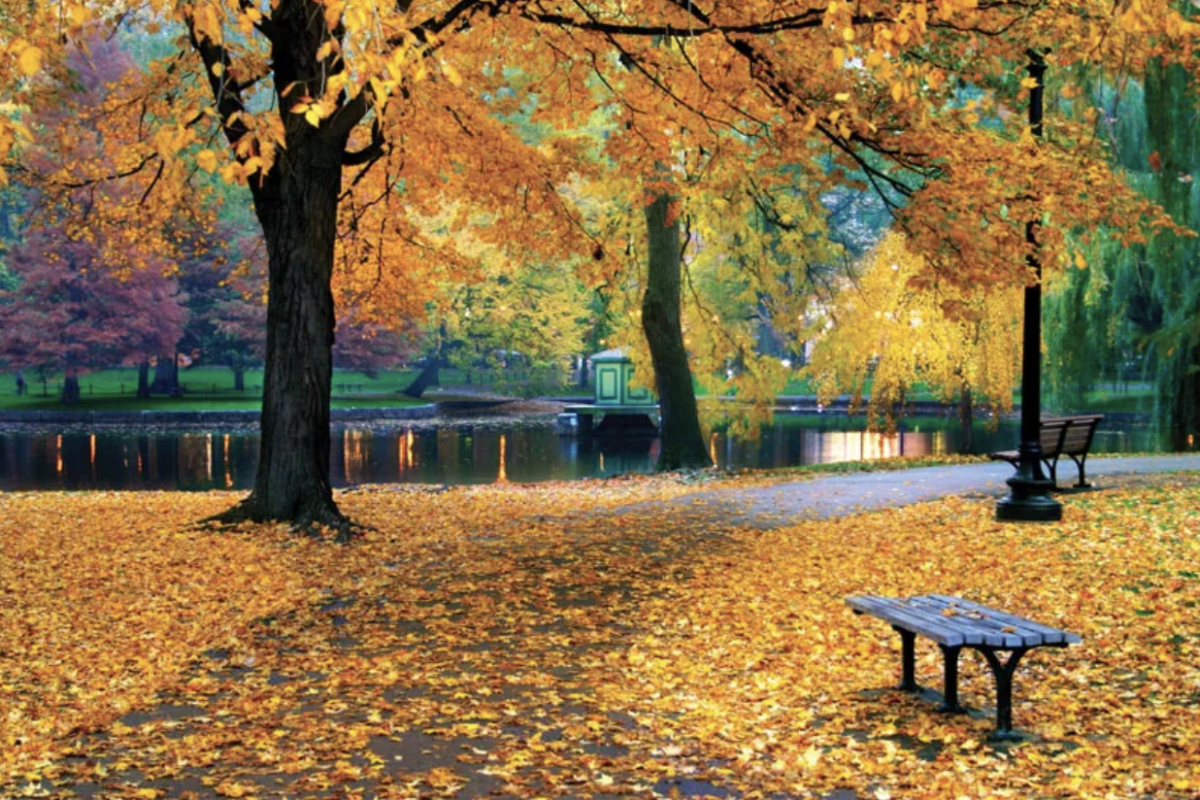The curriculums for math, science and history across the United States are fairly clear. In algebra, teachers instruct students on how to solve problems using the quadratic formula. In environmental science, students learn the various ways humans are decimating the planet, and in U.S. history, students commit to memory
a multitude of New Deal acronyms. However, in English classes across America, the curriculum is not nearly as concrete. English teachers are able to choose which pieces of literature they will cover in their classrooms. Since the early twentieth century, teachers have been confronted with the issue of books being
challenged or banned. Many of these controversial books, however, allow students to gain insight into a different time period and obtain themes and ideas still relevant, if not more so, in today’s society. Banning books not only hinders students’ education but also prohibits freedom of speech.
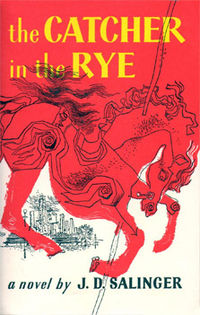 Many argue that banning books from schools and public libraries denies free speech, which is guaranteed in the First Amendment to the Constitution. There
Many argue that banning books from schools and public libraries denies free speech, which is guaranteed in the First Amendment to the Constitution. There
have been several Supreme Court cases on this issue. In Board of Education, Island Trees Union Free School District v. Pico in 1982, the Court concluded thatthe First Amendment limits the power of local school boards to remove books from middle schools and high schools.
 “Local school boards may not remove books from school library shelves simply because they dislike the ideas contained in those books and seek by their removal to prescribe what shall be orthodox in politics, nationalism, religion or other matters of opinion,” said former Supreme Court Justice William J. Brennan in his statement to the Court.
“Local school boards may not remove books from school library shelves simply because they dislike the ideas contained in those books and seek by their removal to prescribe what shall be orthodox in politics, nationalism, religion or other matters of opinion,” said former Supreme Court Justice William J. Brennan in his statement to the Court.
Despite this ruling, many states continue to ban multiple books every year. According to www.ala.org, one of the most frequently banned books across the nation is Harper Lee’s To Kill a Mockingbird. While the novel was awarded the Pulitzer Prize, it is often challenged or banned due to the book’s use of language, racial slurs and mentions of rape. It has been challenged or banned by thousands of school districts, most recently in 2007 at Brentwood Middle School in Tennessee, for its use of racial slurs. Many educators fail to realize
 thatreading and analyzing To Kill a Mockingbird shows students a different and more personal side of American history in the 1940s that cannot be taught in history books.
thatreading and analyzing To Kill a Mockingbird shows students a different and more personal side of American history in the 1940s that cannot be taught in history books.
“Those who would ban books assume the worst about humanity: that we are easily led and incapable of thinking for ourselves or of making good moral choices. Such assumptions become self-fulfilling prophecies,” said English teacher Kathy Kreycik.
Novels such as The Catcher in the Rye, The Diary of Anne Frank, Slaughterhouse Five, Animal Farm and The Lord of the Flies are just a few of the hundreds of books that are banned in many schools and libraries throughout the country. These books are all culturally significant and explore themes such as religion, sexual identity and racism, and modern teenagers can relate to and learn from them.
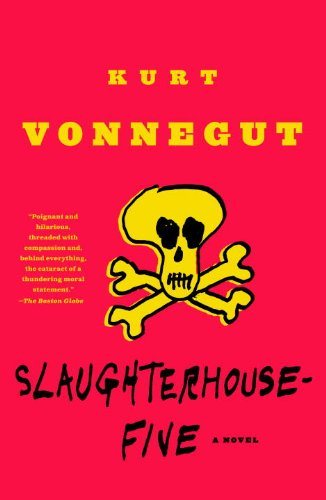 The
The
Catcher in the Rye, which was most recently challenged in 2009 at Big Sky High School in Missoula, Montana, deals with themes that most teenagers are confronted with in their everyday lives. Some of these themes include discovering one’s individuality, coming of age and facing the “phoniness” of the adult world. Additionally, the 1932 novel Brave New World was banned from the Foley, Alabama HighSchool Library in 2002. This book focuses on the dangers of excessive dependence on technology, an issue that has become increasingly prevalent in modern day society.
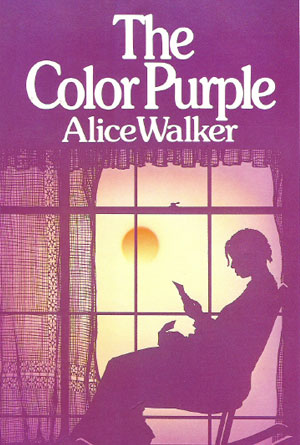 The books that are considered “filthy” or “inappropriate” have the ability to educate and inspire students. The themes that are representedin these controversial novels effectively depict various aspects of humanity and the choices people make in different situations. Depriving students of these important life lessons does far more harm than good and is a disservice to students across the nation.
The books that are considered “filthy” or “inappropriate” have the ability to educate and inspire students. The themes that are representedin these controversial novels effectively depict various aspects of humanity and the choices people make in different situations. Depriving students of these important life lessons does far more harm than good and is a disservice to students across the nation.

